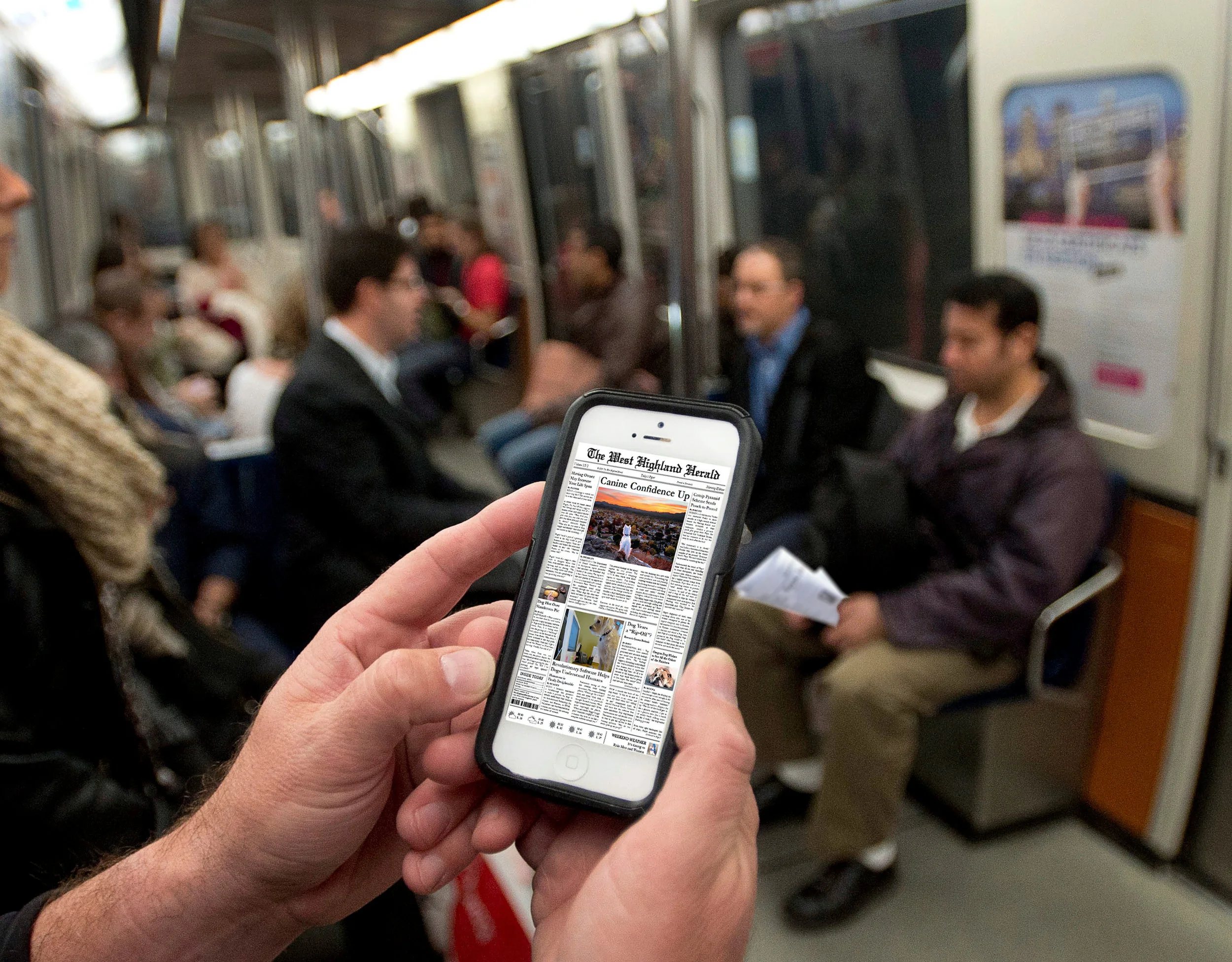Consider what percentage of a digital audience is consuming content via a mobile web browser.
"mobile operating systems comprise 48.13% of the total page views of Flip Page editions".
Recently we captured a snap shot of the operating systems being used to access Flip Page content across all of our partners and clients. For further understanding, the operating system is the software that a computerized device uses in order to handle tasks. As an example, a new desktop computer is likely operating in either a Windows or Mac OS X environment. Mobile devices tend to operate on different software due to the complex nature of their usage. For example, most mobile devices require an operating system that supports touch screen commands as opposed to keyboard or mouse input. Since operating systems are unique to the type of device (desktop vs. mobile) it is easy for us to extract this information with our analytical tools.
Below is a table which represents the top ten operating systems used to view Flip Page publications across all of our clients over a limited time period. The metric used to tabulate the popularity of each operating system is total page views.
Top Ten Operating Systems Viewing Flip Page Publications
Of the ten most popular operating systems being used to access Flip Page content only three of them are aligned with traditional desktop usage. Those being Windows 7, Windows 8.1 and Mac OS X 10.1. The three traditional desktop or non-mobile operating systems comprise 31.53% of all views.
Mobile consumption constitutes 50% of all visits to Flip Page publications based on a recent report of total page views categorized by operating system.
That suggests that the other seven most popular operating systems being used to access Flip Page content are mobile – readers on the go. Those seven mobile operating systems comprise 48.13% of the total page views of Flip Page editions.
Understandably, because we have only highlighted the top ten operating systems, that does leave 20.34% of the traffic unspecified. Even if the remainder of the unspecified traffic was related to a desktop operating system that would still put mobile at nearly an even split. And realistically, mobile is likely to make-up a larger portion than 0% of the unspecified traffic.
"Mobile usage and consumption has been on a steady incline for years".
This data should not raise eyebrows. Mobile usage and consumption has been on a steady incline for years. Most analytical data from websites or digital properties will offer similar conclusions. If anything were to raise eyebrows it would be the fact that the majority of Windows users are using a product released seven years ago which has had two successors. But I digress.
Regardless, the point that needs to be drilled home is that half of the content produced by Flip Page clients and partners is accessed via mobile devices. Viewing on desktop and laptop has never been a concern due to the size of the display. Mobile devices vary in size from tablet to phablet to phone. On smaller devices such as phablets (hybrid between tablet and phone) and phones it is imperative to continue a great viewing experience despite the decreased real estate available for viewing.
How do you create an unrivaled viewing experience for mobile?
Well, it all begins with a revised mobile viewer which was released in 2013. Since then we have continued to expand and revise the mobile viewer to further engage mobile readers. In 2014, the viewer offered multi-language support and continued being upgraded with features already available for desktop readers. By 2015 we began adding features that are unique to mobile devices such as Switchboard. Later in 2015 we became one of the only digital edition software providers to comply with WCAG 2.0 standards.
"adding features that are unique to mobile devices".
In the fall of 2015 we introduced one of the most advanced tools for mobile consumption on the market. LiLy allowed long form articles associated with magazines and newspapers to be re-configured for ease of use on mobile. And just a couple of months later we added LaunchPad to our mobile viewer. With LaunchPad mobile users now have two-tap access to a businesses entire digital brand including websites and social media channels.
For retail clients we have continued to revise how consumers are able to interact with flyers, circulars and catalogs while on their mobile device. Watch our 'Mobile Digital Flyer' Video for details.
In 2016, it isn’t a matter of determining IF great viewing experiences should be created for mobile readers, it is a question of HOW. Let us be the how.
NEED MORE?

